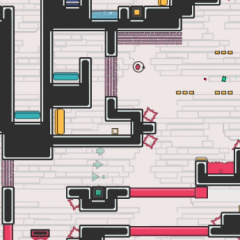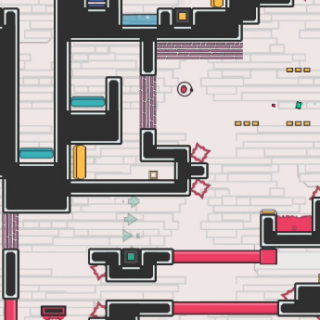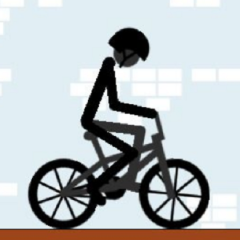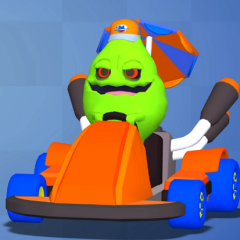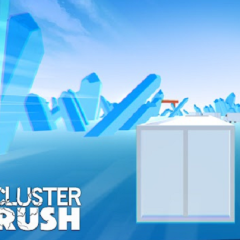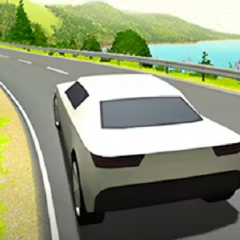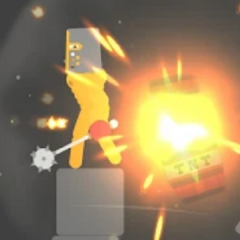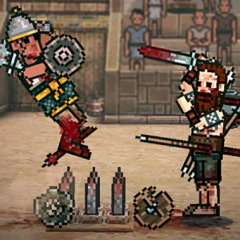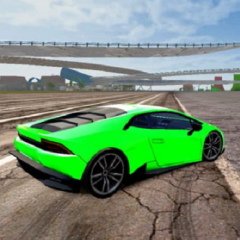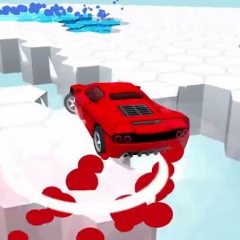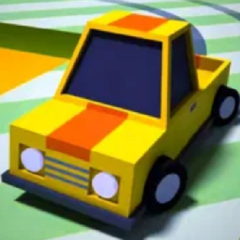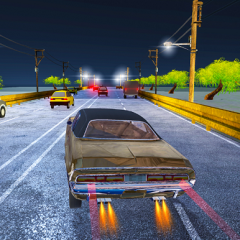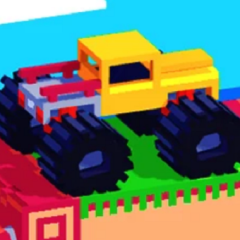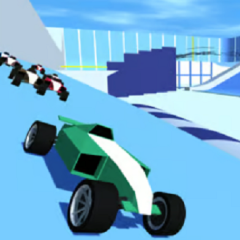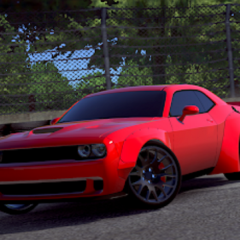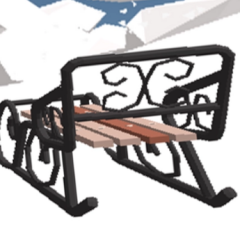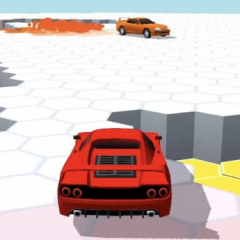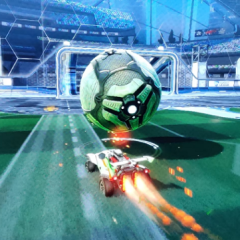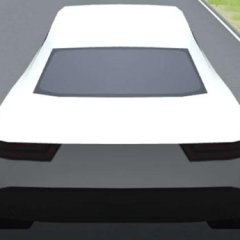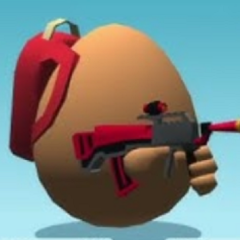Big Tower Tiny Square 2 is a platformer where players control a small square tasked with climbing an enormous vertical tower filled with traps, moving parts, and tricky timing challenges. The entire level is one giant, continuous structure, and the player must ascend it by overcoming a wide range of obstacles. There are no levels or stages—the climb is a single seamless challenge, and every section completed brings the player slightly closer to the top. One mistake sends the player falling down, often losing progress and forcing a retry through earlier traps.
Controls, Movement, and Level Layout
The controls are minimal, usually involving movement left and right and a single jump key. Despite the simplicity, the gameplay demands exact timing and smart positioning. Platforms move, spikes extend and retract, and sections require momentum-based jumps. Some areas force the player to bounce off walls or dodge lasers while landing on small moving platforms. The longer the climb continues, the more precise the actions need to be. The design focuses on repetition and mastery, requiring trial and error before a section is cleared.
Core elements that define Big Tower Tiny Square 2:
- A single large tower without checkpoints in every section
- Tight platforming that demands accurate jumping
- Traps including spikes, lasers, crushers, and disappearing tiles
- Instant respawn after failure to keep gameplay flowing
- Visual cues and level design that teach through repetition
These mechanics create a game that challenges patience and reflexes without relying on randomness. The absence of lives or game-over screens means players can immediately retry after every fall. While the climb can be punishing, it’s structured to reward memorization and adaptation.
Visuals and Progress Tracking
The game uses a minimalist design—bold outlines, sharp colors, and basic shapes. The tower itself is designed to feel overwhelming in scale, but every platform, trap, and hazard is visually clear. This helps players react quickly to movement or plan their next step while in mid-air. As progress is made, the background changes subtly to mark ascent. A fall from higher sections doesn’t reset the game but acts as a setback, often making players repeat long sections, reinforcing the need for consistent accuracy.
Big Tower Tiny Square 2 is built entirely around progression through effort and repeated improvement. Each climb is a test of pattern recognition, muscle memory, and careful decision-making. It removes distractions and focuses everything on the act of climbing—no shortcuts, no upgrades, just a square and an increasingly difficult path upward. For players who enjoy skill-based platformers that demand control and persistence, this game offers a focused and rewarding challenge.

